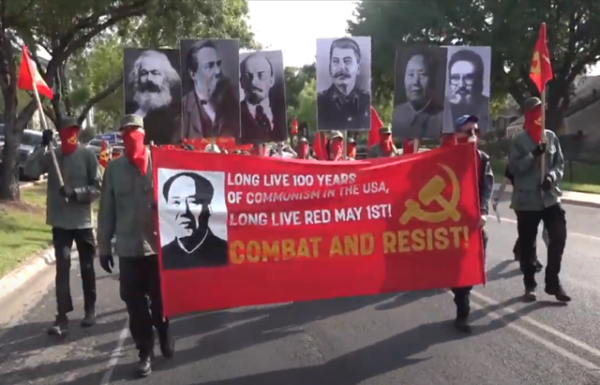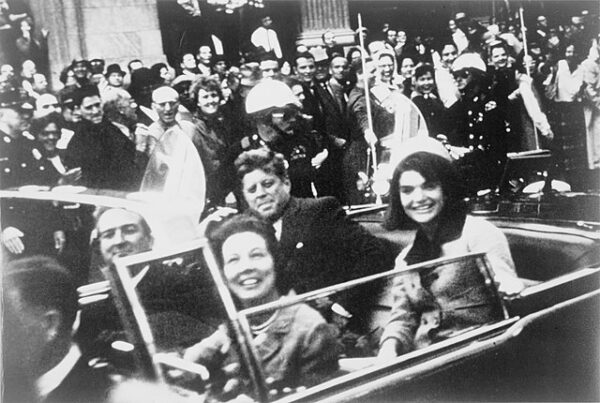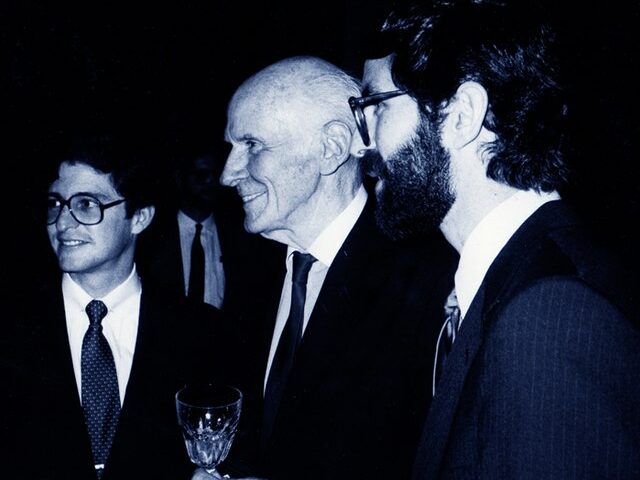The Red Guards were a paramilitary youth movement that emerged during the Cultural Revolution in China, starting around 1966. The movement was inspired by Chairman Mao Zedong’s vision of revitalizing the revolutionary spirit and purging perceived enemies of communism. Composed primarily of students and young people, the Red Guards played a crucial role in carrying out Mao’s directives and reshaping Chinese society.
Empowered by Mao’s “16 Points,” the Red Guards were entrusted with the mission of upholding and enforcing revolutionary principles. They were fervently devoted to Maoist ideology and sought to eliminate what they perceived as remnants of traditional, capitalist, and counter-revolutionary elements within Chinese society. The Red Guards were known for their distinctive red armbands and military-style uniforms, symbolizing their allegiance to the revolutionary cause.
One of the defining features of the Red Guard movement was its zealous and often violent approach to achieving its objectives. Red Guards engaged in mass rallies, public humiliations, and brutal purges of individuals deemed as enemies of the revolution. Their actions resulted in the closure of schools and universities, the persecution of intellectuals, and the destruction of historical and cultural artifacts considered representative of the “old” society.
By the mid-1960s, Mao realized he had released a dangerous whirlwind on society, as the youth began to become a threat to the power of their communist idol.
By December 1966, men and women in factories, government offices, and other work units had formed their own mass organizations. In January 1967, starting in Shanghai and then in other cities, these local Red Guards and rebel mass organizations seized power from the official Party and government apparatus, but they, in turn, were unable to maintain control when challenged by other mass organizations. Faced with the chaotic situation, and having achieved his goal of overthrowing Liu Shaoqi, Deng Xiaoping, and other rivals, Mao called in the People’s Liberation Army to restore order. The army and newly created Workers Propaganda Teams went to schools, provincial governments, and other institutions, establishing the revolutionary committees in place of the paralyzed bureaucratic apparatus.
By early 1967, writes the Association for Asian Studies, the Red Guards of senior cadre families had become a threat to the Maoist leadership. When their own parents suffered persecution, they rebelled against the leaders of the Cultural Revolution, Madam Mao (Jiang Qing), in particular. Jiang ordered their suppression while she and the Cultural Revolution Leading Group supported the Red Guards from other social backgrounds, using them to continue the elimination of the so-called “capitalist roaders.” That fall, in October 1967, frustrated by Red Guard factional struggles and eager to search for an alternative to bring about true socialism, a group of ten Beijing middle school Red Guards volunteered to settle in Inner Mongolia as ordinary laborers. A month later, a group of 1,200 Red Guards of Beijing middle schools volunteered to settle on China’s northern frontiers in Inner Mongolia and Heilongjiang. A year later, on December 22, 1968, Mao Zedong issued a directive, urging students to go to the countryside to receive reeducation from the poor and lower middle class peasants. The media glorified the Red Guards as having assumed a new historic mission. In reality, with middle school graduates sent into the countryside and university graduates assigned jobs or sent to work on farms, Mao Zedong brought to an end the increasingly troublesome Red Guard movement.
The Red Guard movement gradually subsided once the college students moved to the countryside.
Despite their tumultuous and often destructive role during the Cultural Revolution, the Red Guards left an indelible mark on Chinese history. The movement reflects the fervor and chaos of a period marked by ideological extremism and the struggle for political control.






